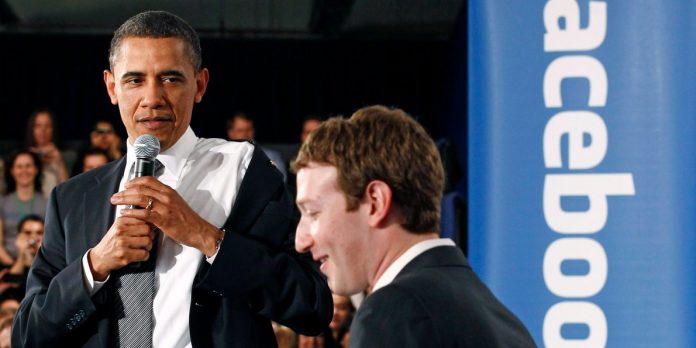
There is widespread concern about the vast amount of misinformation getting a lot of user engagement on Facebook. It does not have to be this way, as fake news are rather easy to spot.
“Fake news” is the latest catchphrase in the political, media and technology discussions, as some serious reports have suggested that false stories may have swung the result of the U.S. elections.
The one rule is that not everything on the Internet is true. If everyone knew that, Facebook and Google would not have to ban fake news site from their advertising system.
CNN put together a user guide to avoid false news on the social media. The outlet consulted Dr. Melissa Zimbars from Merrimack College and Alexis Mantzarlis, the head of the International Fact-Checking Network at the Poynter Institute.

How to outsmart fake news on Facebook?
The experts recommend a healthy amount of skepticism before sharing every piece of news. Likely, readers should check two or three sources before believing a single story.
Next, there are some tips to avoid misinformation on Facebook:
- The name of the site: If it comes with suffixes like “.co” or “.su,” it should raise a red flag.
- The information on the headline: one of the main reasons hoaxes spread on Facebook is because people share a headline without reading the full article. Many times, the text does not support the title of the article.
- The date of the story: legitimate news stories twist and resurrect years after they happened to create false events.
- The sources of the article: fake news are often big ad shocking news, and relevant information must always have statement and claims from the protagonist of the story. If there are none, it means it is %100 fake.
- Photos and videos out of context: users should see if the videos and pictures of the article are verifiable. The content must have evidence of what it says it is.
- Other outlets reporting the story: people often take viral news site as if they were independent and credible. However, the right thing to do is check if a professional news outlet is also covering a story and trace the source.
- The quotes of the story: likely, viral stories and memes feature shocking quotes. People should take a moment to see if they can find that quote somewhere else before sharing the content.

“Is your bias getting in the way?”
Zimbars and Mantzarlis say bias is a big reason to spread the news. It is because of Facebook’s algorithm: the more a user likes or interacts with an individual interest, the more Facebook will show content related to that interest.
Also, there is the so-called “Echo-Chamber,” a social media phenomenon where people are actively avoiding material contrary to their beliefs. So, here is the tip: if there is an article that feels “too good to be true,” it probably is.
The tricky part: the type of website
Zimbars has divided unreliable news into four different categories and posted a guide to identify and avoid them.Those groups are a misleading report, highly exclusive news, click bait articles and satires.
Snopes site maintains an extensive list of unreliable communication sources as well.
Source: CNN










